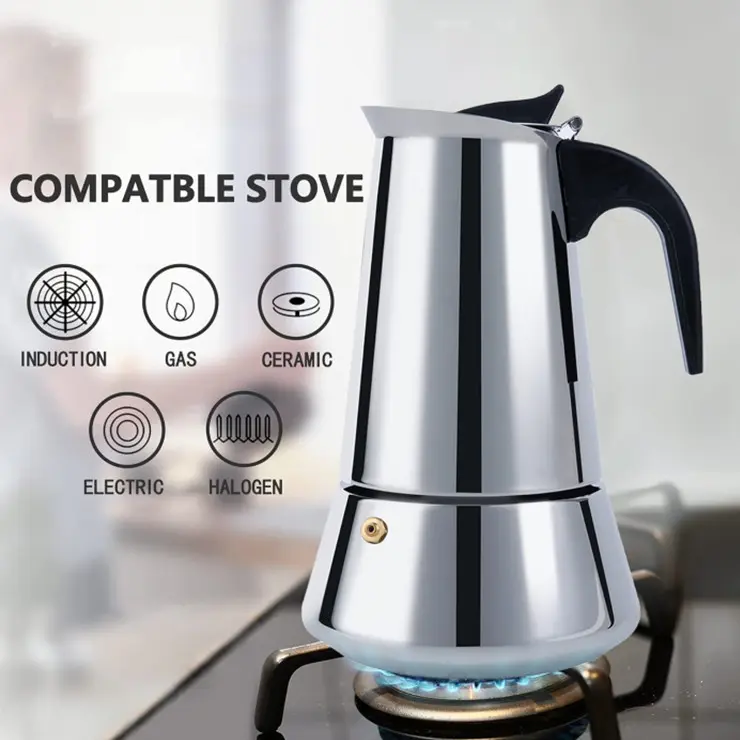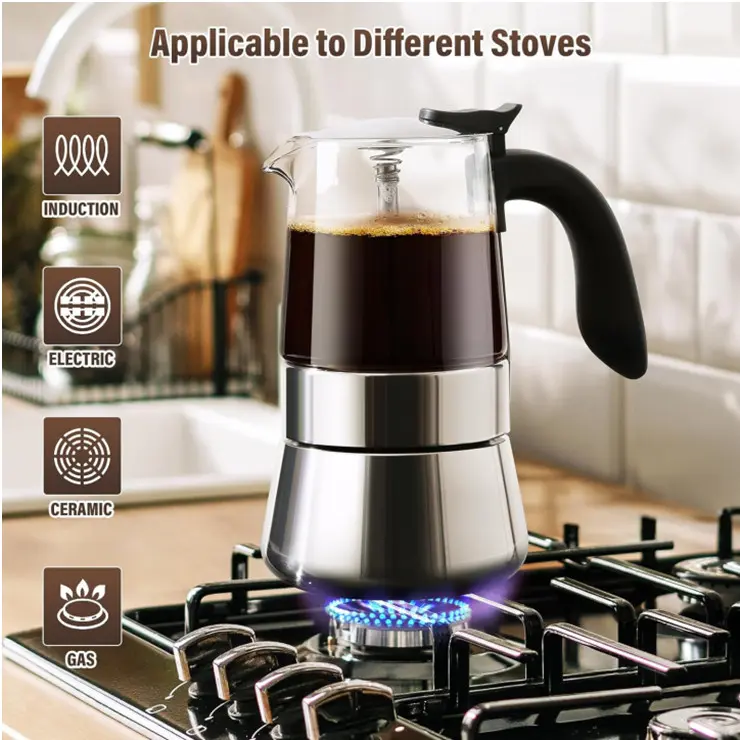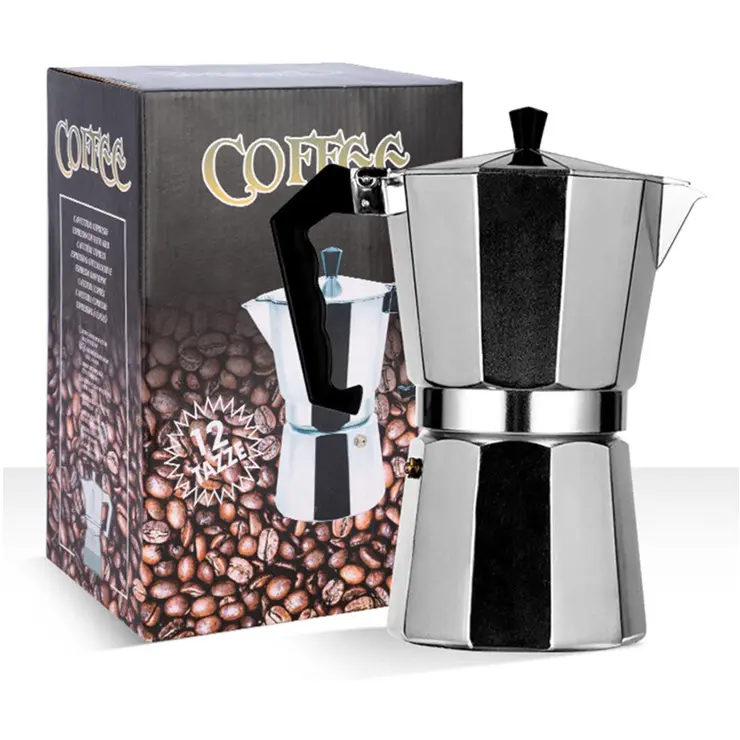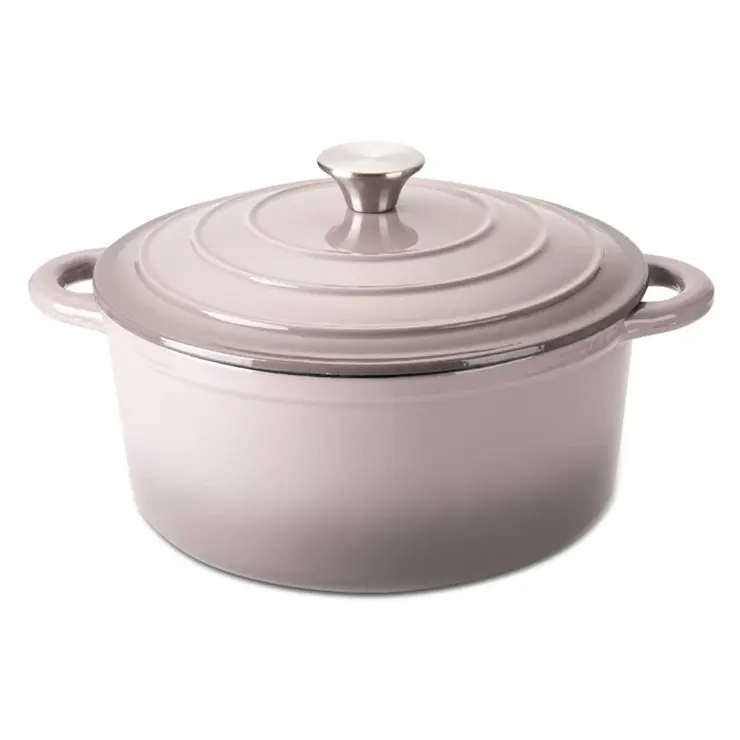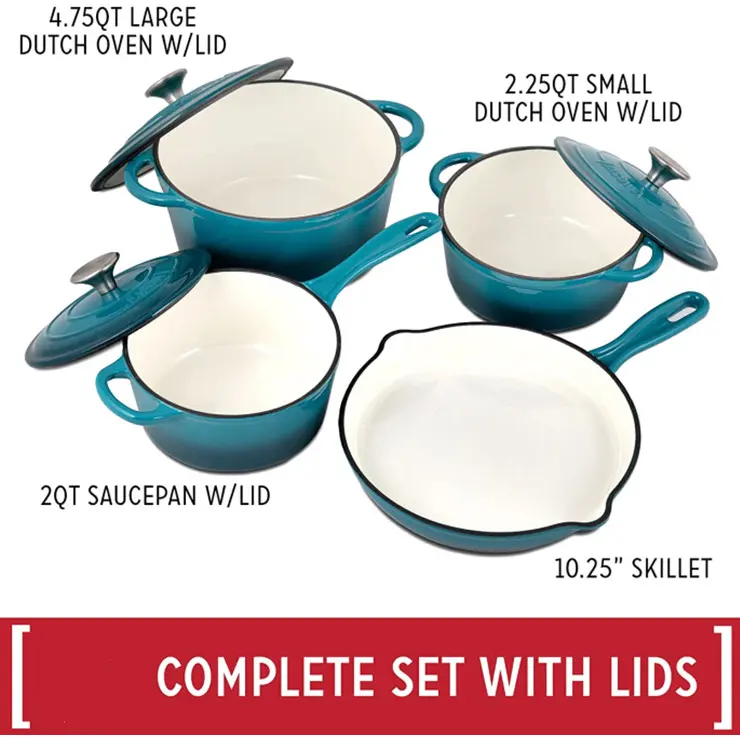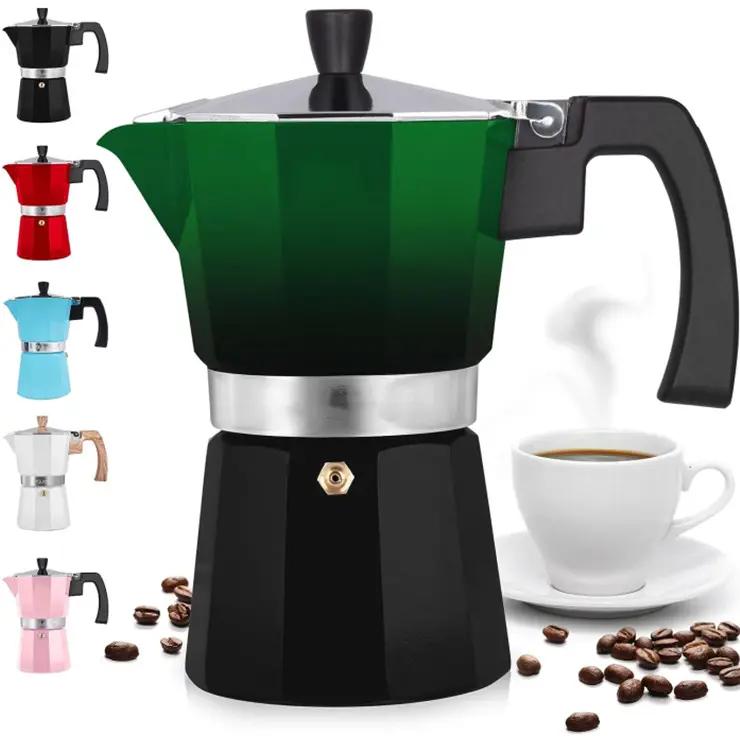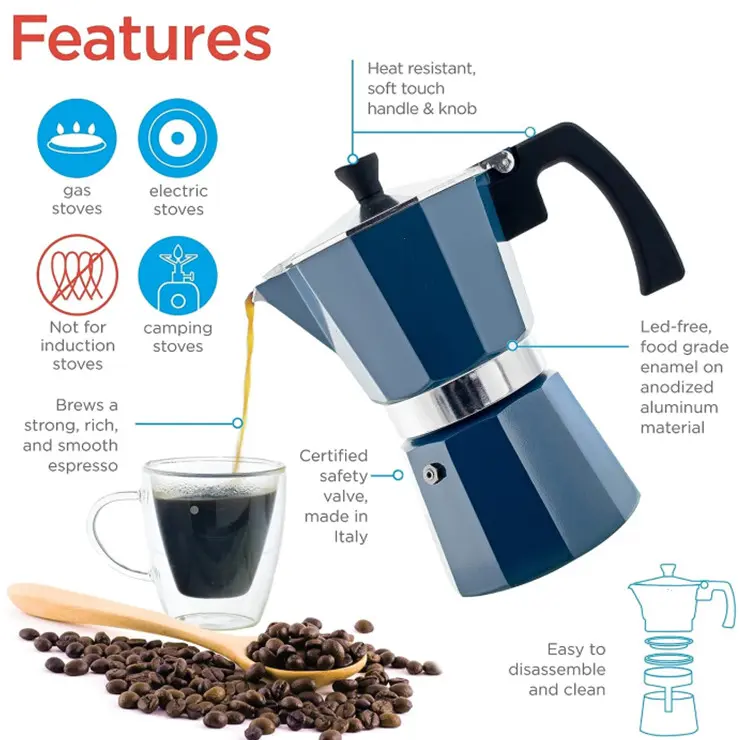Summary of possible problems when using aluminum non-stick pans
Is nonstick coating safe?
Nonstick coatings on cookware are safe. Confidence in the safety and performance of PROSHUI nonstick coatings comes from more than 40 years of laboratory testing and use in home and commercial kitchens. In addition, a rigorous certification process ensures that PROSHUI 's nonstick coatings are used only in appropriate applications.
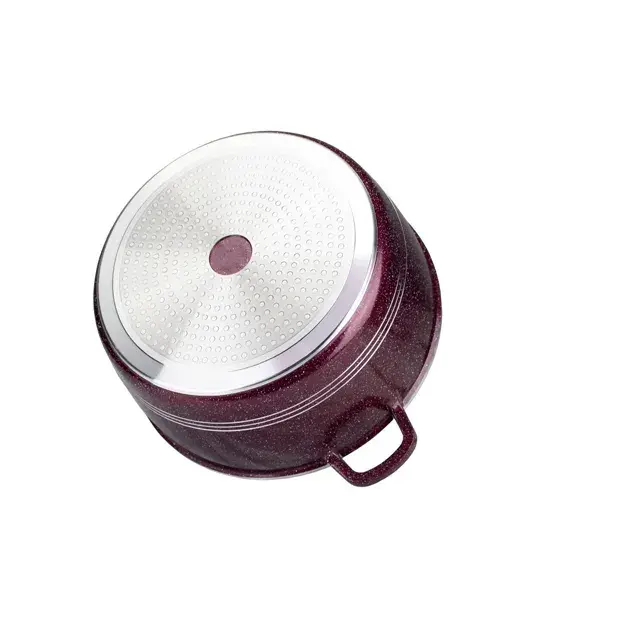
Open flame heating or induction stove heating?
The main difference between open flame heating and induction stove heating is speed and maintaining temperature. Gas cooktops give you more precise heat management, while induction cooktops heat up faster, helping to minimize heat transfer errors and energy loss.
Heat uniformity does not depend on the heating source, but on the finish of the bottom of the pot you are using: this is why fully-coated pots are ideal for getting the most out of your induction hob.
Styles of aluminum non-stick pan bottoms: the difference between electromagnetic bottoms with circular punching holes and other punching patterns and full bottoms
If you want to protect your induction cooktop, you need high-quality cooking pots that save energy without wasting heat. On the market, there is a kind of multi-bottom pot with many small dots or other patterns on the bottom. This kind of bottom pot cannot guarantee the cooking effect of uniform heat conduction. The other is a pot with a full bottom, with a whole piece of magnetically conductive stainless iron disc processed on the bottom to achieve the best heat conduction effect.
Is there PFOA in the non-stick coating?
Some people once mistakenly thought that PFOA volatilized during the production process of PTFE or Tefon was the coating on the pot and produced the non-stick function. Today, all nonstick coatings are PFOA-free. To date, the U.S. Environmental Protection Agency (EPA) has never raised any questions about the safety of nonstick coatings.
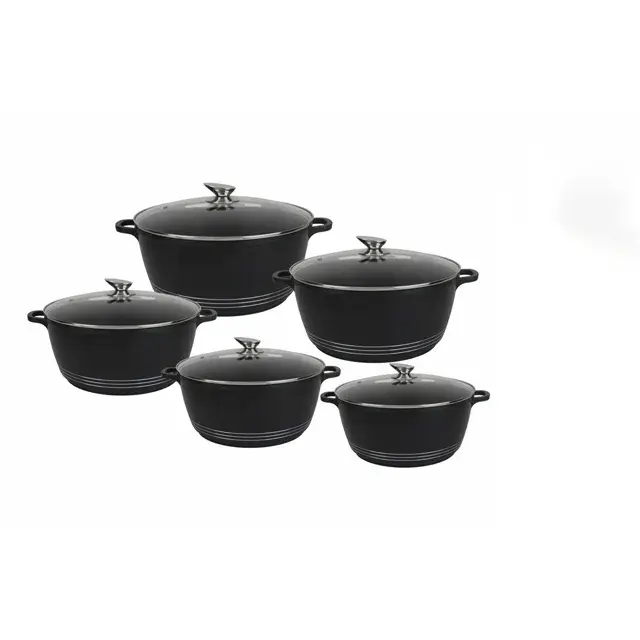
Is it healthy to use non-stick pans?
Non-stick pans are safer for human health than other cooking utensils because food does not stick to the bottom of the pan, and there is no potential risk of releasing toxic or harmful substances when the food is overheated and dehydrated. Moreover, since non-stick pans are suitable for low-fat and low-oil cooking, they are more beneficial to human dietary health. The American Heart Association and the National Stroke Association recommend using nonstick pans to reduce the effects of cardiovascular disease. Nonstick pans are safer for the environment because they require less water and detergent to clean.
Is it a health hazard to use sharp or hard metal tools to damage the coating on a nonstick pan?
In order to reconfirm the chemical inertness of PTFE and confirm its safety, you can refer to other related uses of PTFE. In medicine, PTFE is used in coating cardiac stimulators and in thoracic surgery. Using a sharp or hard tool to scratch the non-stick coating does not pose any risk to the health of the consumer, but will ultimately only require replacement due to severe wear and tear affecting the non-stick properties of the pan.

A few tips for using non-stick pans correctly
1. Before using the non-stick pan for the first time, please clean it with warm water and detergent. Dry it and lubricate the nonstick surface with warm water and detergent. Dry and grease a nonstick surface with cooking oil and rub gently. And repeat this from time to time.
2. Don’t cut anything in the pot. Do not use metal utensils, wooden, nylon or silicone utensils are recommended. Store utensils carefully to protect interior non-stick coating from damage.
3. Non-stick pans can only be used for cooking. Do not use nonstick pans for storing (holding) food for long periods of time, as some aggressive foods may damage the coating.
Non-stick pans are easy to clean with liquid detergent and sponge. Do not use abrasive products such as scrubs or steel wool
5. Do not overheat the empty non-stick pan; for best results, it is recommended to use a lower flame and heat over low heat. Choose the correct size heat source and place the pot in the center of the heat source. Never heat fatty foods to the point of burning. The maximum operating temperature of aluminum non-stick pans is 200-240°C. Aluminum is a good conductor of heat and continued overheating can damage the coating. Do not heat the pot when it is empty.
6. Let the pot cool before cleaning; avoid sudden thermal shock, which may deform the bottom of the pot.
7. If there are obvious scratches on the inner surface of the pot, it is recommended to replace it as its non-stick properties will be seriously affected during the cooking process.
8. It is not recommended to use the dishwasher to clean non-stick pans. Some strong chemical detergents will damage the product.
9. Slight color changes in the inner coating of non-stick pans will not have any negative impact on product quality or effectiveness during use.
Although the bakelite handles and lids on some non-stick pans are suitable for use in ovens with a temperature range of 180-240°C, it is not recommended to put this pan into the oven because long-term heating will cause Causes Bakelite to release unpleasant smelling gases.

Temperature range of non-stick pans used by ordinary households
PROSHUI non-stick coated cookware can be heated to 260°C without damaging the coating, which is much higher than the temperatures required for boiling, frying and cooking in the oven.
For example:
Water boils at 100°C;
The normal temperature of brown meat is 204°C to 243°C;
In the oven, higher temperatures are used for cooking chicken or vegetables, around 232°C. Candies and cookies are usually cooked at temperatures between 162°C and 204°C.
How to avoid overheating a nonstick pan?
It's best to heat nonstick-coated cookware over medium-low heat. During cooking, higher temperatures (over 206°C) can be reached, but the food may burn, produce smoke, and become unpalatable. If the pot is left without liquid or drained, it can reach temperatures as high as 316°C within a few minutes. Never leave pots and pans coated with non-stick coating over an unattended heat source.


